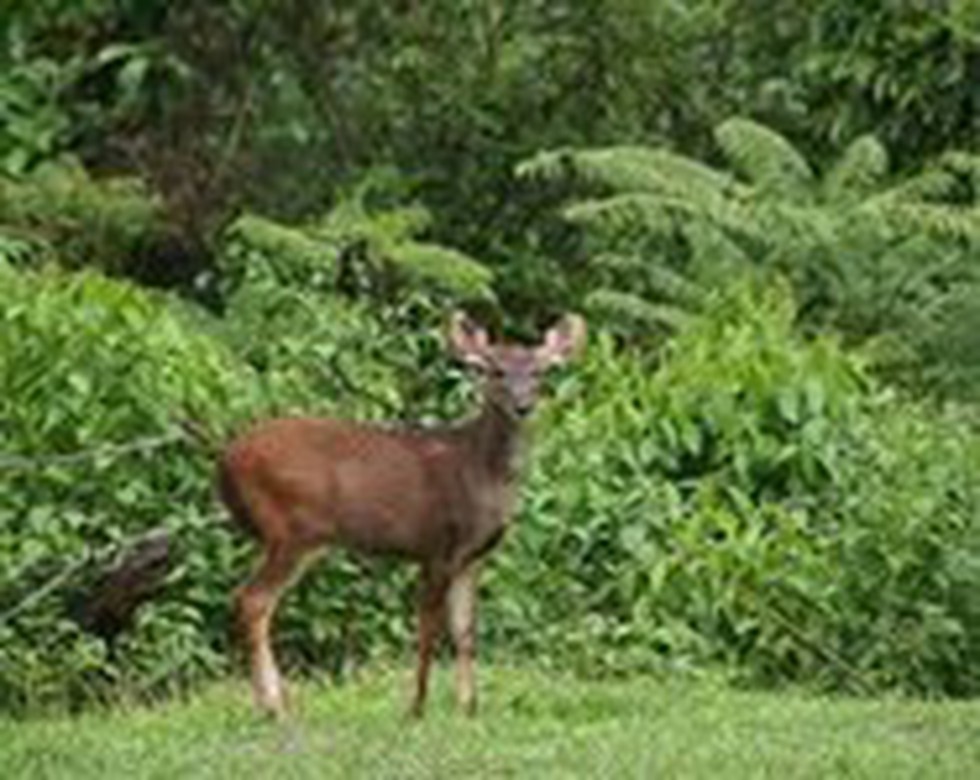About Sambar deer:
- The Sambar (Rusa unicolour) is a large deer native to the Indian subcontinent and Southeast Asia.
- They are quite elusive and are most active at dusk and at night.
- They are found in a broad range of forest habitats like dry deciduous forests, rainforests and mixed forests.
- These deer play an important role in the ecosystem they live in by dispersing seeds throughout their native range.
- Distribution: Their range is distributed from the foothills of the Himalayan Mountains across southern Asia and reaching the islands of Taiwan, Sumatra and Borneo.
- Threats
- Hunting and habitat encroachment are the main threats.
- Sambar has developed more of a nocturnal activity pattern as a response to hunting by humans, who hunt them for trade and for food.
- Conservation status
- IUCN: Vulnerable
- The Wildlife (Protection) Act, 1972: Schedule-III
Key facts about Cauvery wildlife sanctuary:
- It is extended over three districts, namely, Chamarajanagar, Mandya and Ramanagara in Karnataka.
- The sanctuary provides a vital link between Bannerghatta National Park in the north and BRT Tiger Reserve and Male Mahadev Hills Wildlife Sanctuary in the south.
- The area is drained by three rivers, namely, Cauvery, Arkavathi and Shimsha.
- Flora: The forest is primarily of dry deciduous and scrub types, but a wide range of forest types, including moist deciduous, semi-evergreen, evergreen, shola, riverine, Hardwicke forest, etc.
- Fauna: Important animals found in the sanctuary are tigers, elephants, leopards, bison, wild dogs etc.
